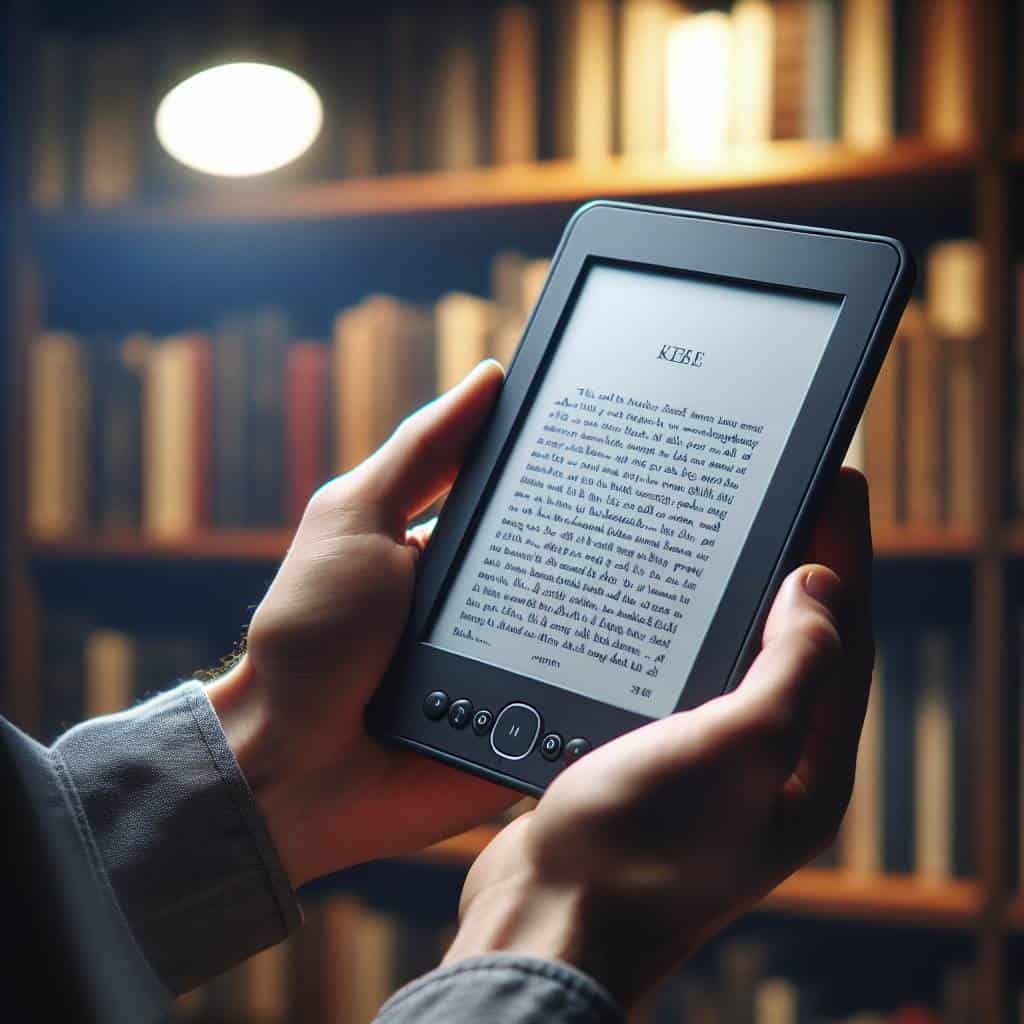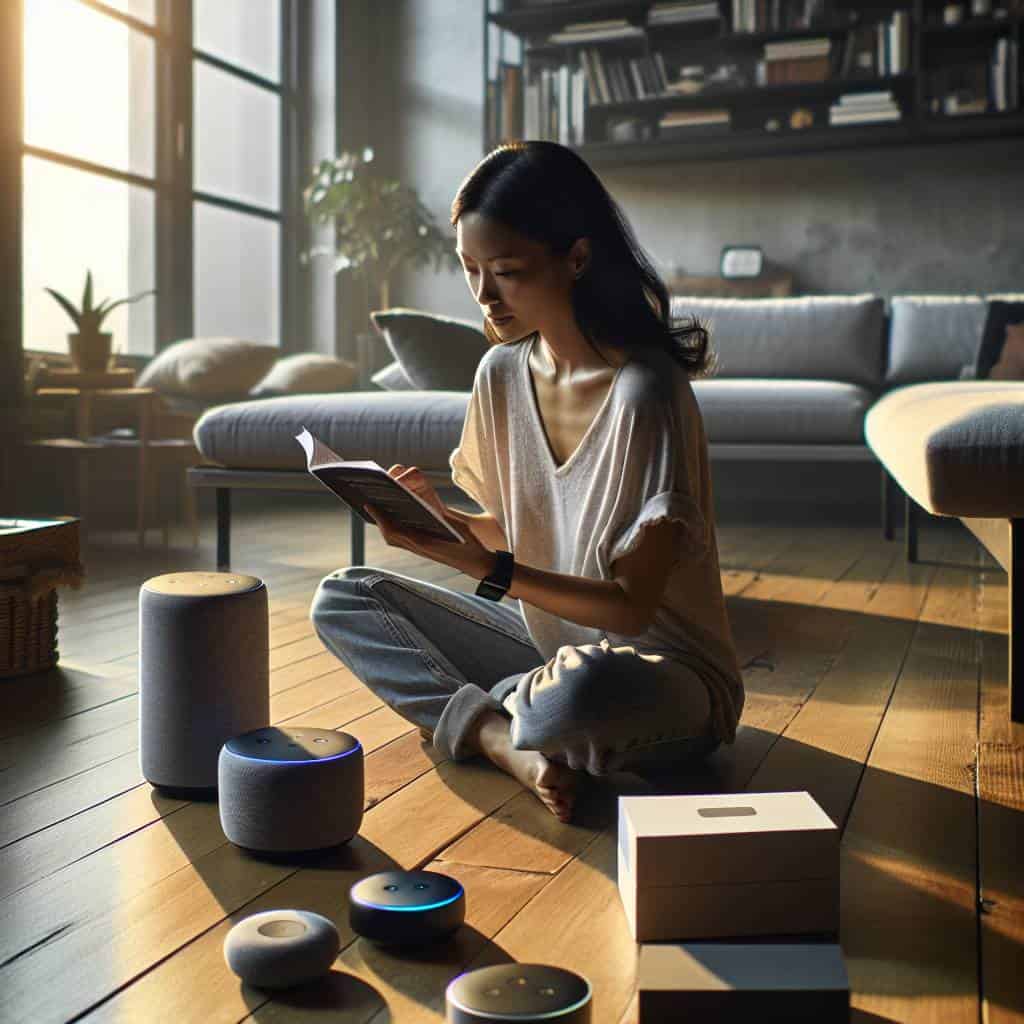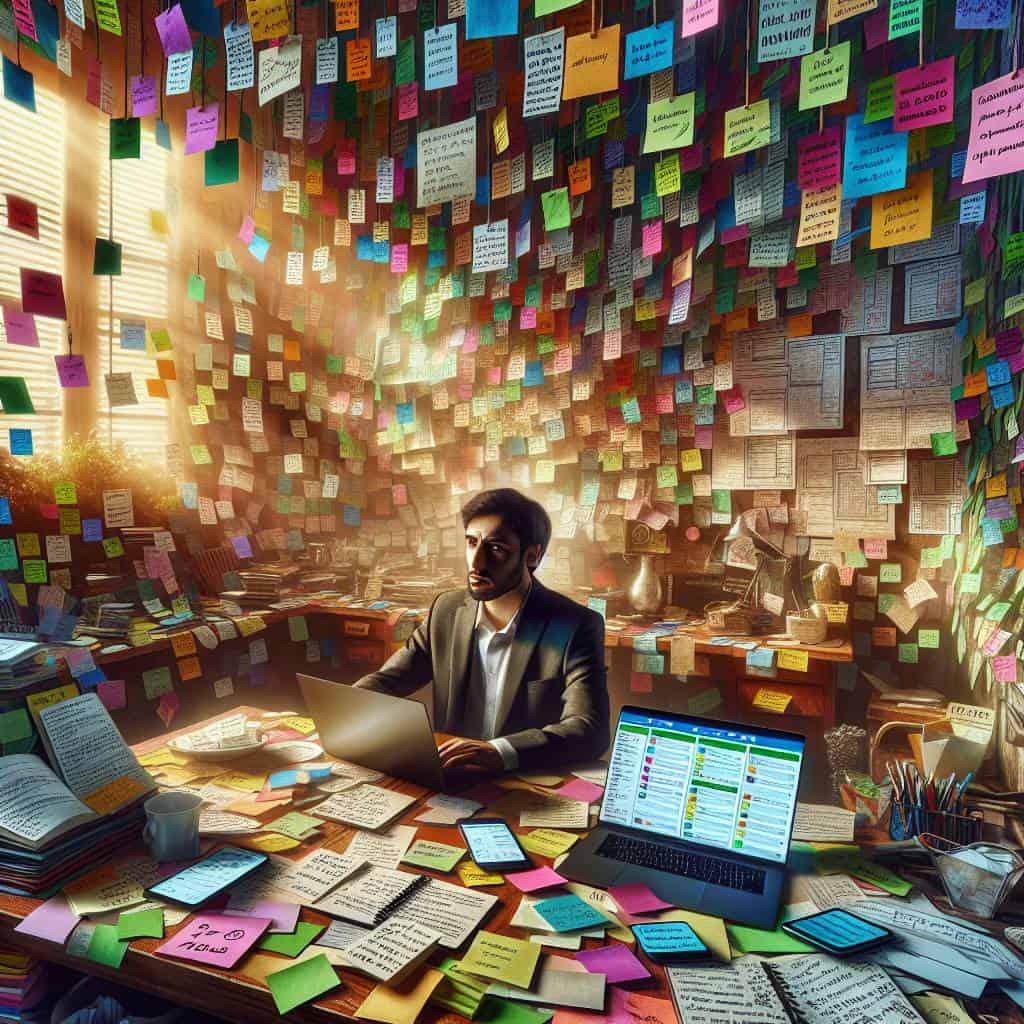I’ll never forget the day I first got my hands on an e-book reader. It was supposed to be life-changing—or so I’d been told. This sleek, shiny contraption promised to revolutionize the way I devoured stories, turning my cluttered bookshelf into an endless digital library. But there I was, squinting at the screen, trying to adjust the brightness like a novice DJ fiddling with sound knobs. It turns out, the only thing more fragile than my enthusiasm was the battery life, fizzling out just as I hit the climax of a page-turner. The dream of a portable library quickly morphed into the reality of a neglected gadget, nestled between neglected paperbacks.

But don’t ditch your e-reader dreams just yet. I’ve navigated the maze of false promises and glitzy ads, and I’m here to share the gritty truths about what makes an e-book reader worth your time—or a glorified paperweight. We’ll cut through the marketing noise to explore the real deal on display quality, battery endurance, and the myth of endless library access. So, if you’re ready to dive into an unvarnished look at these modern reading devices, stick around. We might just find the gem among the rubble.
Table of Contents
My Lifelong Struggle With Display: A Tale of Clarity and Eye Strain
Ever since I was a kid squinting at the faded ink of a comic book in the dim glow of a suburban streetlamp, clarity has been my elusive quarry. Fast forward to the digital age, where screens became my new reality—each promising the world with pixels so sharp you could cut yourself on them. Yet, I found myself wrestling with these modern marvels, trying to reconcile their luminous promises with the dull throb of eye strain that seemed to accompany every page swipe. It’s a cruel irony, really. The very thing that should make reading easier—technology, with its high-resolution displays and endless battery life—somehow makes it more complicated.
Imagine my excitement, then, when e-book readers stormed the scene. “E-Ink technology!” they proclaimed, promising to replicate the experience of reading on paper. And for a while, I was hooked. The ghostly grey of the e-paper looked like salvation, a respite for my weary eyes. But, as always, the devil is in the details. Those screens, while easy on the eyes, often lack the vibrancy and depth needed to truly immerse oneself in a story. Sure, they boast weeks of battery life and access to a digital library larger than a small town, but without the soul of a good display, they risk becoming little more than fancy paperweights. My lifelong struggle continues—a quest for the perfect balance between clarity and comfort in a world determined to blind us with brightness.
A Tangled Affair with Digital Pages
I’ve spent more time than I’d care to admit wrestling with the promises of these e-book readers. Each one, a sleek, glowing rectangle, taunting me with whispers of endless libraries and eyestrain-free marathons. Yet, in the quiet moments, when the world fades and it’s just me and the soft hum of the screen, I find myself questioning the trade-offs. The clarity promised often feels like a mirage, vanishing before I can truly grasp it.
But maybe that’s the dance we do with technology—forever caught between convenience and compromise. These devices, for all their modern marvel, still can’t capture the tactile satisfaction of a well-thumbed novel or the way a real book feels like an extension of my hand. So, while I navigate this digital landscape, I remain a reluctant traveler, yearning for the simple joys that technology, in its relentless march forward, seems to overlook. There’s beauty in the imperfections, I think, and maybe that’s where the real story lies.


